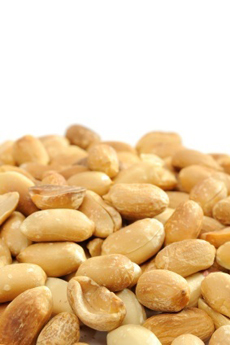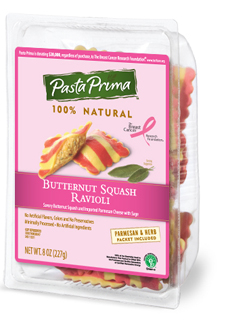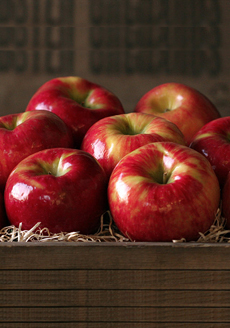Only the Chocolate flavor didn’t work for us. It’s a tough flavor to get right—which is why the market isn’t flooded with chocolate yogurt. For us, the cocoa powder didn’t meld well enough with the yogurt. But we’re sure there are fans aplenty.
Fot us, the hands-down winner is Tropical Sweet Heat: diced mango, pineapple and ginger with habanero and ginger heat (plus brown sugar for complexity). We were sad when carton was empty. The heat and ginger accent enliven the creamy yogurt in a way you can’t imagine until the spoon is in your mouth. It’s the first “hot” yogurt we’ve had, aside from our homemade concoction of plain yogurt with pepper jelly. Yogurt artisans of America: Follow the heat!
The runner up: Vanilla Caramel, a delicious dessert masquerading as yogurt.
The handmade artisan yogurts are rBST-free. The freshly cultured yogurt, made from the milk of happy Jerseys at the nearby Johnston Family Farm, is very high in active bulgaricus and acidophilus probiotic bacteria.
Learn more at AtlantaFresh.com.
What Is Greek Yogurt?
Greek yogurt (or more accurately for products made in America, Greek-style yogurt) is triple-strained to make it thicker and creamier than American-style yogurt. It often has the consistency of sour cream. Most yogurts are thickened with gums, starches or milk powders. Greek yogurt is thickened by removing the moisture.
Greek yogurts can also be sweeter, meaning less tangy, than European- and American-style yogurts. While many mass-marketed American yogurts have evolved from tart-and-tangy to pudding-like, there’s nothing like the texture and flavor of Greek-style yogurt.
How “Cultured” Are You?
How much do you know about yogurt? Talk the talk like a pro: Check out our Yogurt Glossary.
Find more of our favorite yogurt products, recipes and other yogurt information in our Gourmet Yogurt Section.
|




